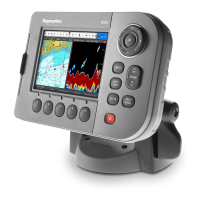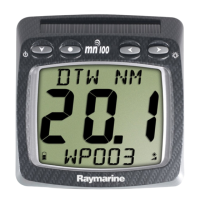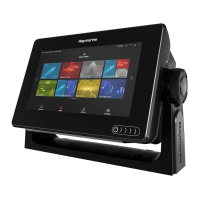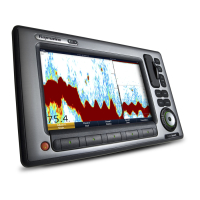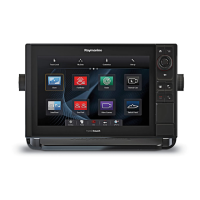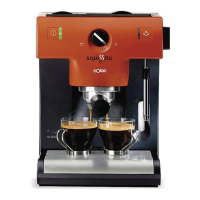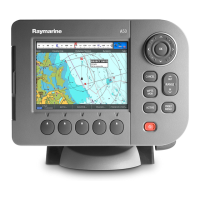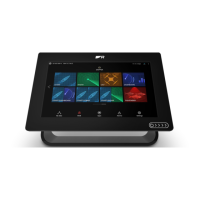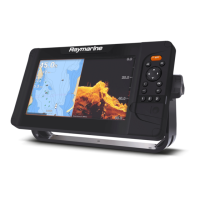Do you have a question about the Raymarine ST40 Bidata and is the answer not in the manual?
Covers critical safety, EMC, and WEEE directive information for the product.
Overview of the ST40 Bidata instrument's features and basic functions.
Guides on navigating through the instrument's screens and performing operations.
Details on shallow, deep, and anchor alarm types, indications, and silencing.
Covers routine maintenance, servicing, and safety precautions for the instrument.
Provides guidance on diagnosing and resolving common operational problems.
Addresses planning considerations, including EMC guidelines and site requirements.
Step-by-step instructions for fitting transducers and running cables to the instrument.
Highlights the importance of calibration after installation before use.
Explains the purpose of calibration for optimizing instrument performance.
Details user-configurable settings like units, response, and depth offsets.
Covers checking software version and setting instrument status (master/repeater).
Describes advanced calibration options, including factory defaults and boat show mode.
Details supply voltage, current consumption, and operating temperature.
Specifies speed, depth, temperature ranges, and alarm thresholds.
Lists communication interfaces and regulatory compliance standards.
Definitions of essential terms like Cal factor, EMC, SeaTalk, and units.
Explanation of indicators like KEEL, OFST, and W/L for depth offsets.
Definitions of speed (KPH, KTS, MPH) and depth (FA, FT, M) units.
Index entries for operation, alarms, calibration, and troubleshooting.
Index entries for installation, planning, and maintenance.
Index entries for instrument specifications, units, and glossary terms.
| Display Type | LCD |
|---|---|
| Transducer Frequency | 200 kHz |
| Waterproof Rating | IPX6 |
| Power Supply | 12 V DC |
| Operating Voltage | 10.5 to 16 V DC |


